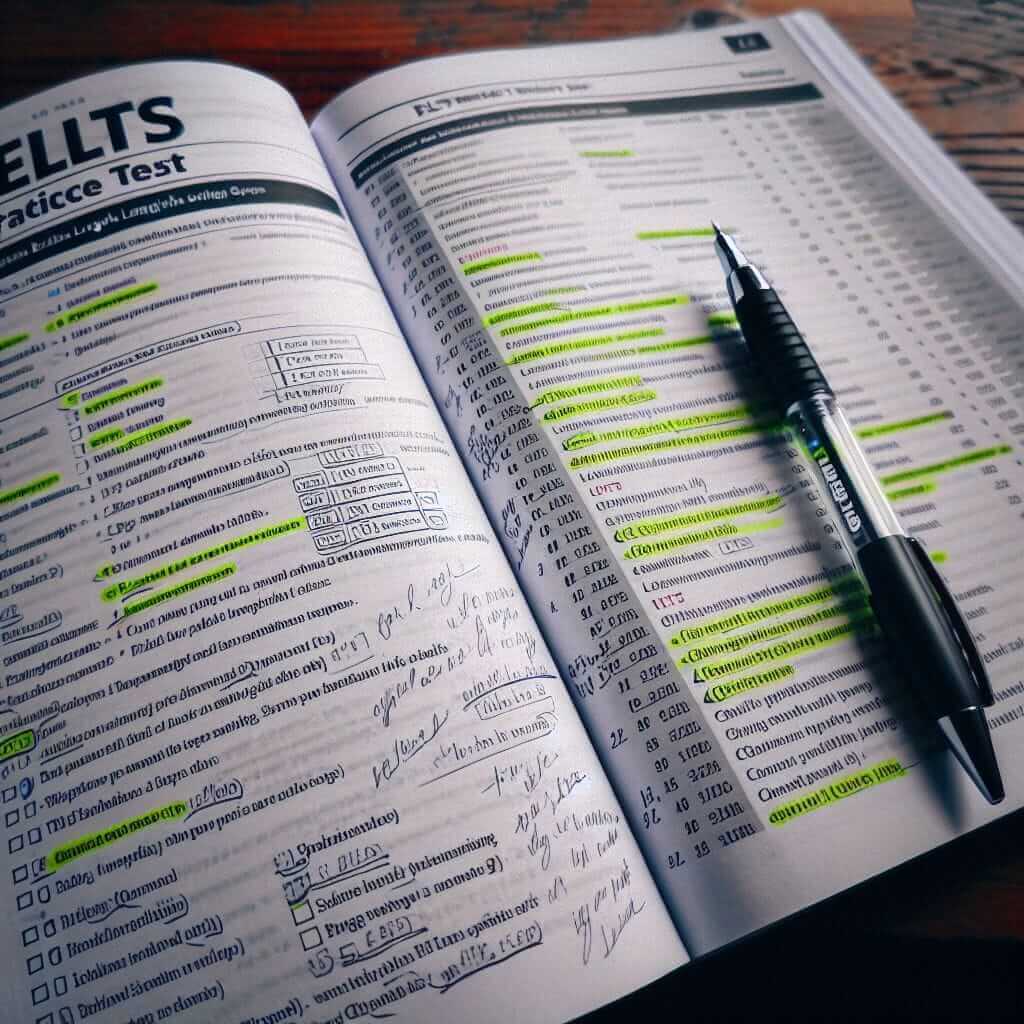Teaching IELTS requires a deep understanding of the test format, marking criteria, and effective teaching strategies. As an experienced IELTS instructor with over 20 years of experience, I’ve found that utilizing Cambridge IELTS resources is crucial for student success. This article provides a comprehensive guide on how to teach an IELTS course effectively using Cambridge materials.
Nội dung bài viết
- Understanding the Value of Cambridge IELTS Resources
- Implementing Cambridge Resources in Your IELTS Classroom
- 1. Familiarize Yourself with the Material
- 2. Introduce the Test Format and Marking Criteria
- 3. Utilize the Coursebook Systematically
- 4. Integrate Authentic Practice Tests
- 5. Focus on Test-Taking Strategies
- Illustrative Examples from Cambridge IELTS Materials
- Tips for Maximizing Cambridge Resources
- Conclusion
Understanding the Value of Cambridge IELTS Resources
Cambridge Assessment English, the creators of the IELTS exam, provide a wealth of resources specifically designed to help teachers prepare students. These resources include:
- Cambridge IELTS Coursebooks: These books offer a structured approach to teaching IELTS, covering all four skills (Listening, Reading, Writing, and Speaking) with ample practice activities and authentic test practice.
- Cambridge IELTS Practice Tests: Known as the “gold standard” for IELTS preparation, these tests accurately simulate the exam experience and provide valuable insights into the test format and difficulty level.
- Cambridge IELTS Trainer: This resource focuses on developing test-taking strategies and building confidence through guided practice and expert tips.
Implementing Cambridge Resources in Your IELTS Classroom
Here’s a step-by-step guide to effectively incorporating Cambridge materials into your IELTS course:
1. Familiarize Yourself with the Material
Before teaching, thoroughly review the chosen Cambridge resource. Understand the structure, target language skills, and the specific strategies or skills it aims to develop.
2. Introduce the Test Format and Marking Criteria
Begin by providing students with a clear understanding of the IELTS exam format, including the different sections, question types, and time limits. Explain the marking criteria for each skill, emphasizing what examiners look for in a high-scoring response.
3. Utilize the Coursebook Systematically
Follow the structure of the chosen Cambridge coursebook, ensuring students grasp the concepts and strategies presented in each unit. Encourage active participation through discussions, pair work, and group activities.
4. Integrate Authentic Practice Tests
Regularly incorporate Cambridge IELTS Practice Tests into your curriculum. These tests provide students with a realistic exam experience and allow them to assess their progress. Provide detailed feedback on their performance, highlighting areas for improvement.
5. Focus on Test-Taking Strategies
Dedicate time to teaching test-taking strategies. Use resources like “Cambridge IELTS Trainer” to equip students with techniques to manage time effectively, identify key information, and approach different question types strategically.
 ielts practice test
ielts practice test
Illustrative Examples from Cambridge IELTS Materials
Let’s examine how to utilize Cambridge materials for specific skills:
Speaking: In Cambridge IELTS 15, Speaking Test 1, Part 2 asks candidates to describe a time they helped someone. You can use this to:
- Analyze the task with students, identifying key vocabulary and grammatical structures.
- Conduct mock speaking tests using the provided prompts.
- Provide feedback based on the IELTS speaking assessment criteria (fluency, coherence, lexical resource, grammatical range and accuracy, pronunciation).
Writing: Cambridge IELTS 14, Writing Task 2 (Academic) presents an essay question about the impact of technology on communication.
- Guide students in analyzing the essay question and planning their response.
- Discuss different essay structures and appropriate vocabulary for the topic.
- Provide model answers from the Cambridge book and analyze them for coherence, cohesion, and grammatical accuracy.
Tips for Maximizing Cambridge Resources
- Encourage Independent Practice: Assign regular homework from the Cambridge coursebooks and practice tests to reinforce classroom learning.
- Promote Self-Reflection: Have students analyze their practice test results and identify areas where they need to focus their efforts.
- Stay Updated: Familiarize yourself with the latest Cambridge materials and exam format updates to ensure your teaching remains relevant.
Conclusion
Teaching IELTS successfully requires a structured approach, authentic materials, and a focus on developing essential test-taking strategies. By effectively incorporating Cambridge IELTS resources into your curriculum, you equip students with the knowledge, skills, and confidence they need to excel in the IELTS exam. Remember to emphasize consistent practice, provide detailed feedback, and encourage self-reflection to maximize their learning potential.


